Even the sharpest minds are vulnerable to hidden mental pitfalls. Groundbreaking research reveals that over 70% of our decisions are affected by cognitive biases, regardless of intelligence or expertise. Studies from the American Psychological Association show that these subconscious patterns can cloud judgment, distort reality, and lead to choices we later regret. Cognitive biases are shortcuts our brains use to process vast amounts of information quickly—but they often lead us astray. Recognizing these biases is crucial for making wiser, more objective decisions in our lives and careers. Understanding the bias blind spot is the first step toward regaining control over our choices and unlocking better outcomes.
1. Anchoring Bias: The Power of First Impressions

Anchoring bias is the tendency to rely too heavily on the first piece of information we encounter. This “anchor” shapes our judgments—whether we’re negotiating salaries, buying a house, or making investment decisions.
For example, the initial price listed for a home can strongly influence what buyers are willing to pay, even if it’s arbitrary. Similarly, the opening value of a stock can sway investor expectations for months.
As described by the Harvard Business Review, even skilled negotiators fall prey to this powerful mental shortcut.
2. Availability Heuristic: The Most Memorable Wins

The availability heuristic leads us to overestimate the importance of information that’s easy to recall—often because it’s vivid or recent. Dramatic news stories, like plane crashes or lottery wins, stick in our minds and can distort our sense of actual risks or probabilities.
This bias can cause us to fear rare events while ignoring far more common dangers, simply because the unusual stories are more memorable.
For more on how this heuristic shapes decisions, see Verywell Mind.
3. Confirmation Bias: Seeing What You Want to See
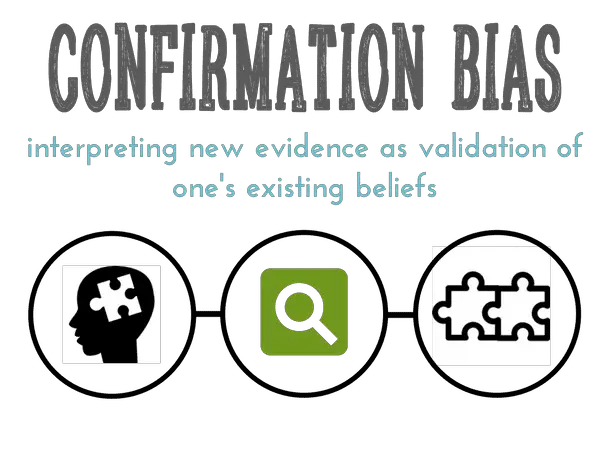
Confirmation bias is our tendency to seek out, interpret, and remember information that supports our existing beliefs, while discounting or ignoring anything that contradicts them.
This bias shapes how we view health advice, political debates, and even scientific evidence—fueling division and misunderstanding. For example, people often gravitate toward news sources or studies that align with their opinions, reinforcing echo chambers.
To explore the far-reaching impact of confirmation bias, visit Psychology Today.
4. Hindsight Bias: ‘I Knew It All Along’

Hindsight bias tricks us into believing that past events were more predictable than they actually were. After something happens, we tend to think, “I knew it all along,” even if we didn’t.
This bias can seriously distort strategic planning, performance reviews, and even legal judgments. Studies show it affects professionals in fields like finance, medicine, and law, making them overconfident about their predictive abilities.
For a deeper look at its impact across industries, see Frontiers in Psychology.
5. Overconfidence Bias: Too Sure, Too Soon

Overconfidence bias leads us to overestimate our own abilities, expertise, or control, often with costly consequences. This is especially common in investment and management, where being “too sure” can spark risky bets or poor strategic calls.
Research shows that overconfident investors tend to trade more frequently and perform worse than their more cautious peers. Managers may also underestimate obstacles, ignoring valuable feedback.
To understand why overconfidence remains so pervasive, visit Investopedia.
6. Optimism Bias: Underestimating Risks
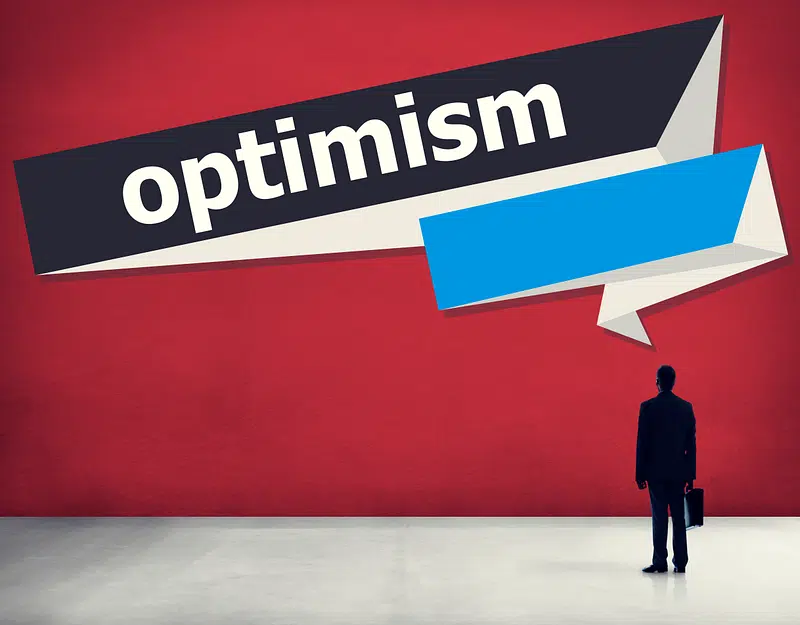
Optimism bias is our tendency to believe that negative events are less likely to happen to us than to others. This mindset can lead to overlooking important health screenings, neglecting safety precautions, or underestimating financial threats.
For instance, many people assume they’re less likely to get sick or experience an accident, which can influence everything from insurance choices to retirement planning.
To see how optimism bias shapes our daily decisions, check out TechTarget.
7. Bandwagon Effect: Following the Crowd

The bandwagon effect describes the urge to adopt beliefs or behaviors simply because others are doing so. This bias can spark stock market bubbles, viral social trends, and even political movements.
We’re wired to conform, often assuming that if many people believe or do something, it must be correct or desirable. But this can lead to herd mentality and poor decision-making.
To explore real-world examples and implications, visit Wikipedia: Bandwagon Effect.
8. Groupthink: When Consensus Goes Wrong

Groupthink occurs when the desire for harmony or conformity within a group suppresses critical thinking and dissent. This can lead to disastrous decisions in business, government, and even crisis management.
When team members fear rocking the boat, innovative ideas are stifled and warning signs are ignored. The result? Costly mistakes and missed opportunities.
For strategies to recognize and prevent groupthink, explore MindTools: Groupthink.
9. Fundamental Attribution Error: Blame the Person, Not the Situation

The fundamental attribution error is our tendency to overemphasize personal traits and underestimate situational factors when explaining others’ actions. For example, if a coworker misses a deadline, we may assume they’re lazy, overlooking possible external pressures.
This bias can sour workplace relationships and influence legal decisions, as jurors or managers misjudge intent or capability.
For a deeper dive into how this error shapes our perceptions, see Verywell Mind: Fundamental Attribution Error.
10. Status Quo Bias: Resistance to Change

Status quo bias is the preference for keeping things the same, even when change might offer clear benefits. This tendency can lead to missed opportunities, poor strategic choices, or failing to adapt in rapidly changing environments.
Organizations and individuals may stick with outdated systems or resist adopting new technologies, simply because it feels safer.
To understand how status quo bias can hinder progress and how to overcome it, visit Behavioraleconomics.com.
11. Self-Serving Bias: Protecting the Ego

Self-serving bias is our inclination to attribute successes to our own abilities and efforts, while blaming failures on outside factors. This mental shortcut helps protect self-esteem but can hinder learning and growth.
In leadership, self-serving bias can prevent honest self-assessment and accountability, making it harder to identify areas for improvement.
To explore how this bias shapes our thinking and what it means for personal development, visit Britannica: Self-Serving Bias.
12. Sunk Cost Fallacy: Throwing Good After Bad

The sunk cost fallacy is the tendency to continue investing time, money, or resources into failing projects simply because of what has already been spent. Instead of cutting losses, people double down, hoping to justify earlier investments.
This bias shows up frequently in business—think doomed product launches—or in personal life, like staying in an unhappy relationship because of years already invested.
For more insight into why we fall into this trap, see The Decision Lab: Sunk Cost Fallacy.
13. Dunning-Kruger Effect: Ignorance Makes Confidence

The Dunning-Kruger effect reveals how people with low ability in a domain often overestimate their competence, while true experts may actually doubt themselves. This gap in self-awareness can distort hiring, promotions, and performance reviews.
Overconfident novices may claim skills they lack, while qualified individuals remain quietly competent. Organizations risk overlooking the right talent or promoting the wrong people.
For research and real-world examples, visit ScienceDirect: Dunning-Kruger Effect.
14. Framing Effect: The Spin Changes Everything
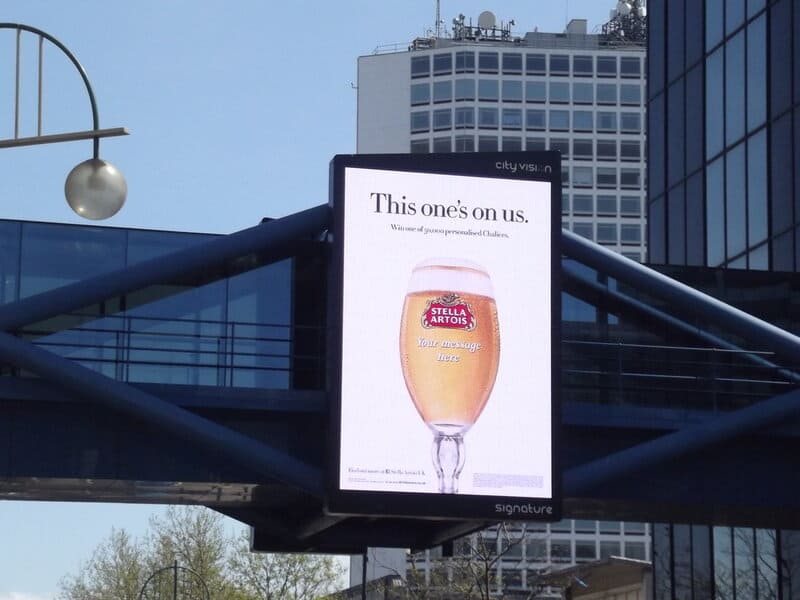
The framing effect describes how the way information is presented—whether as a gain or a loss—can dramatically influence our decisions. In advertising, a product described as “95% fat-free” sounds more appealing than “contains 5% fat,” despite being identical.
This bias also plays a powerful role in public policy, shaping opinions based on positive or negative wording.
For deeper insights into how framing steers our thinking, visit Simply Psychology: Framing Effect.
15. Negativity Bias: When Bad News Sticks

Negativity bias is our brain’s tendency to focus more on negative events than positive ones. Bad news, criticism, or setbacks stick with us longer and influence our decisions more deeply than praise or success.
This bias can impact relationships—where one harsh comment outweighs many compliments—and fuels our obsession with negative headlines in the media.
For a closer look at why the negative sticks, read Healthline: Negativity Bias.
16. Recency Effect: Latest Is Greatest

The recency effect is our tendency to give more weight to the most recent information we’ve seen or heard. In performance reviews, managers might focus on an employee’s latest achievements or mistakes, overlooking prior consistency.
Similarly, voters may base decisions on the most recent news or debates, rather than a candidate’s long-term record.
To understand how this bias shapes memory and decision-making, see Verywell Mind: Recency Effect.
17. Halo Effect: The Power of First Impressions

The halo effect occurs when our overall impression of a person—often based on appearance or a single trait—colors our judgment of their character or abilities. This bias is especially influential in hiring, performance appraisals, and educational settings.
For example, an articulate job candidate may be seen as more competent overall, regardless of their actual skills. Teachers might unconsciously give attractive students higher grades.
Discover more about this powerful bias at Simply Psychology: Halo Effect.
18. Authority Bias: Trusting the Experts (Even When They’re Wrong)

Authority bias is our tendency to give excessive weight to the opinions or instructions of authority figures, sometimes at the expense of personal judgment or evidence. In medicine, business, and everyday life, we may follow directions from “experts” without critical analysis.
This bias can lead to costly mistakes if the authority is misinformed or acting in self-interest.
To learn more about the risks of authority bias, visit Psychology Today: Authority Bias.
19. Illusory Correlation: Seeing Patterns That Aren’t There
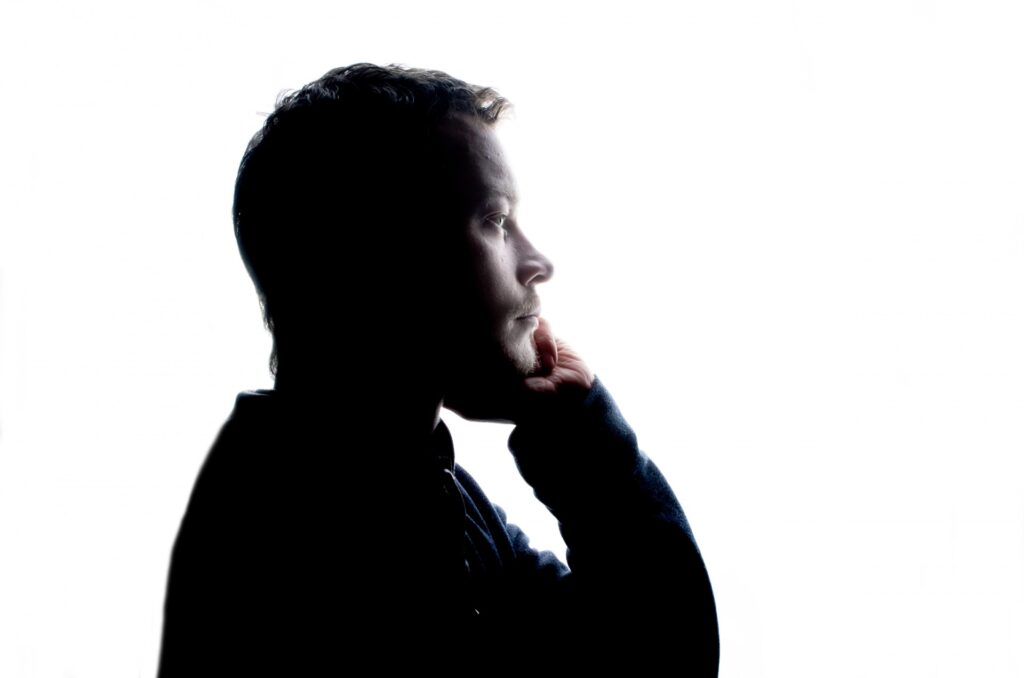
Illusory correlation is the tendency to perceive connections or patterns between unrelated events. This bias often fuels stereotypes—such as linking certain behaviors with specific groups—or superstitious thinking, like believing that a lucky charm influences outcomes.
We’re wired to seek patterns, but this can lead to false assumptions and poor decisions.
For more examples and psychological explanations, read Verywell Mind: Illusory Correlation.
20. Survivorship Bias: Ignoring the Failures

Survivorship bias is the tendency to focus on successful examples while overlooking those that failed. This often leads to overestimating the likelihood of success—think of entrepreneurs idolizing unicorn startups without considering the countless ventures that didn’t make it.
By ignoring failures, we draw lessons from an incomplete picture and make riskier decisions.
For real-world cases and deeper analysis, see Investopedia: Survivorship Bias.
21. Choice-Supportive Bias: Justifying Past Decisions

Choice-supportive bias makes us remember our past choices as better or more rational than they actually were. This mental habit helps protect our self-image, but it can also prevent us from honestly assessing mistakes and learning from them.
In both personal and professional life, this bias makes it easier to rationalize decisions and harder to improve future outcomes.
To learn more about this subtle yet powerful bias, visit Verywell Mind: Choice-Supportive Bias.
22. Ingroup Bias: Us vs. Them

Ingroup bias is our innate preference for people who belong to our own group—whether defined by nationality, company, or social circle. This bias can subtly influence hiring decisions, teamwork dynamics, and even fuel larger societal conflicts.
We tend to attribute positive qualities to “us” and negative ones to “them,” often without realizing it. This can undermine workplace diversity and impede fair decision-making.
For more on the causes and effects of ingroup bias, visit Simply Psychology: Ingroup Bias.
23. Cognitive Bias in Professionals: No One Is Immune

Even highly trained professionals are not exempt from cognitive bias. Research shows that doctors, lawyers, and financial experts routinely fall victim to the same mental shortcuts as everyone else.
These biases can contribute to diagnostic errors in medicine, flawed legal judgments, and poor investment decisions—sometimes with serious or costly outcomes.
For a comprehensive look at how cognitive bias affects professionals and the stakes involved, see Frontiers: Cognitive Biases in Professionals.
24. Individual Differences: Not All Minds Are Equal

Recent studies show that certain personal traits can help guard against cognitive biases. Individuals who value self-direction, possess a high need for cognition, or demonstrate strong numeracy skills are often less susceptible to specific mental traps.
These traits encourage critical thinking, openness to new information, and more rational decision-making processes.
For detailed research into how individual differences shape our vulnerability to bias, visit Psicologia: Individual Differences in Bias.
25. How to Outsmart Your Biases: Practical Strategies

Fortunately, cognitive biases are not destiny. Research in behavioral economics highlights several proven tactics to reduce bias: practice reflective thinking, use structured decision-making processes, seek diverse perspectives, and deliberately cultivate bias awareness.
These strategies help slow down snap judgments and encourage more objective analysis. Over time, they can lead to better outcomes in both work and life.
For evidence-based approaches to outsmarting bias, see Scientific American: Outsmarting Biases.
Conclusion
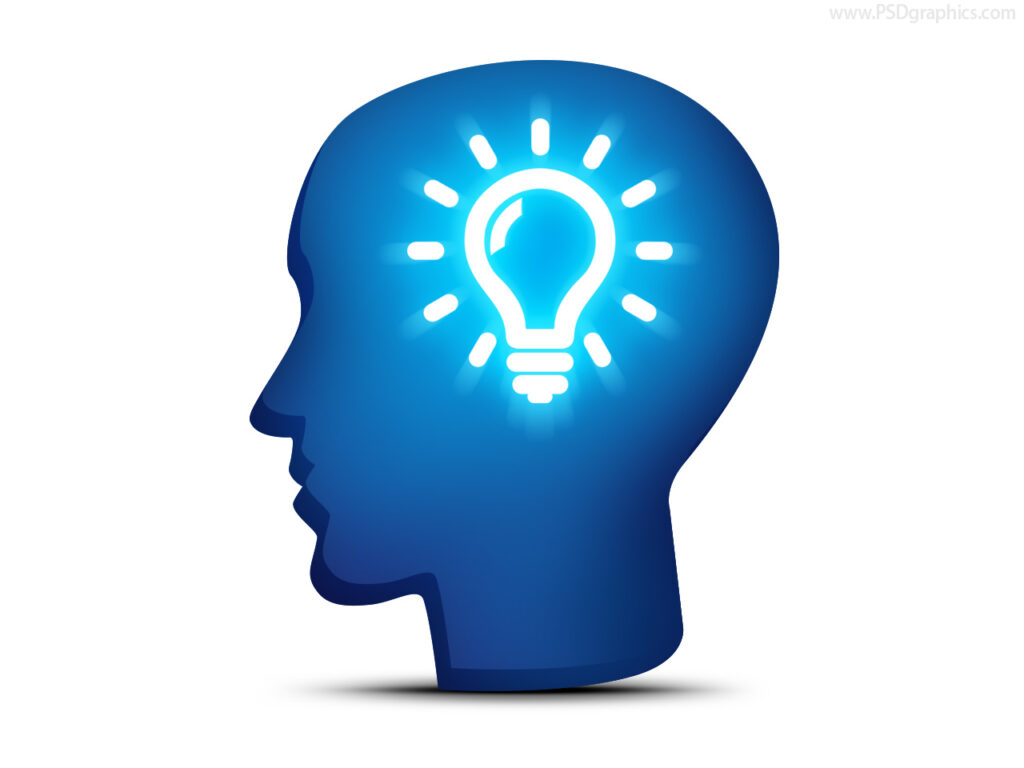
Cognitive biases are a universal part of the human experience, shaping decisions in ways both subtle and profound—from our finances and careers to our relationships and beliefs. No one is immune, not even the smartest or most experienced professionals.
However, by recognizing these invisible forces and applying proven strategies, we can make choices that are not only smarter but also fairer and more informed.
Stay curious, keep learning about new biases, and remain vigilant in your decision-making. Awareness is the first step toward genuine wisdom and better outcomes for all.

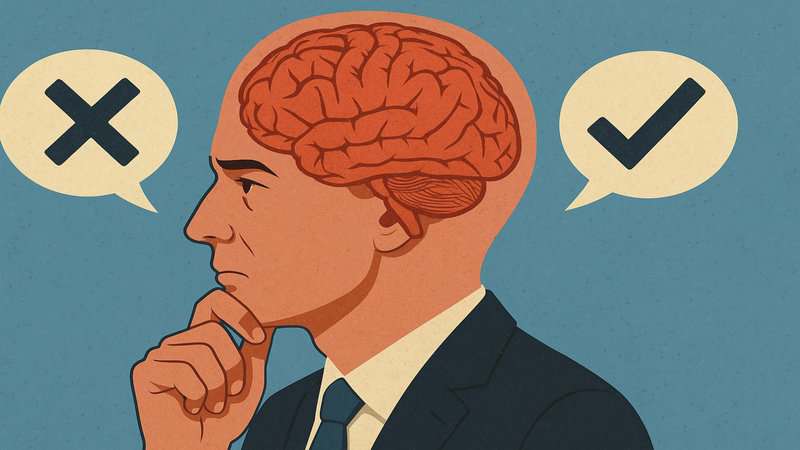

Vielleicht interessiert es Sie:
Wussten Sie! Minensuchratten auf dem Schlachtfeld und sie sind super effektiv!
Wie viele Giraffenarten gibt es? Leben sie alle in Afrika?
Der Vogel ist das Weibchen der Vögel: wahr oder falsch?
Warum bauen Biber Dämme? Welchen Nutzen?
Warum leben manche Tiere nachtaktiv? Welche Vorteile?
Küssen Tiere? Ist das die gleiche Bedeutung wie Menschen?
200+ Hilarious Seahorse Jokes That Will Make You Smile and Giggle
200+ Funny Investment Jokes to Boost Your Financial Humor Game